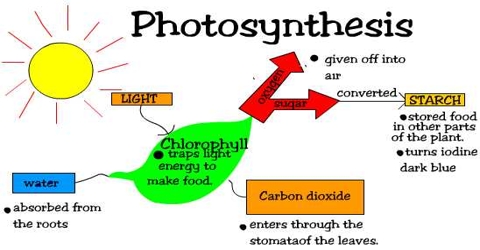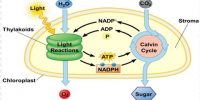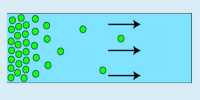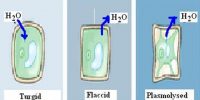Photosynthesis is a bio-chemical process by which green plants, in presence of sun light and chlorophyll with the help of Carbon Dioxide and water, manufacture carbohydrate as a main product and oxygen as a by-product. It is the process by which plants, some bacteria and some protistans use the energy from sunlight to produce glucose from carbon dioxide and water. This glucose can be converted into pyruvate which releases adenosine triphosphate (ATP) by cellular respiration.
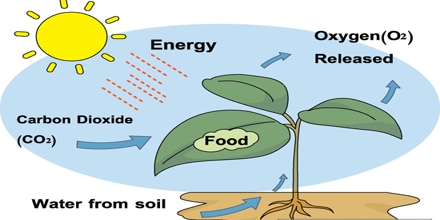
Equation:
6CO2 + 12 H2O → Light and chlorophyll → C6H12O6 + 6H2O + 6O2
There are two types of photosynthetic processes: oxygenic photosynthesis and anoxygenic photosynthesis.
Explanation: The equation of photosynthesis can be explained in the following ways:
- 6 molecules of Carbon Dioxide react with 12 molecules of water forming 6 molecules of water and 6 molecules of oxygen.
- In each molecule of glucose, solar energy coming from sun light stored as potential energy.
- Oxygen is formed in the proceess as a by-product and is released to the atmosphere through stomata.
- In plants, algae and certain types of bacteria, the photosynthetic process results in the release of molecular oxygen and the removal of carbon dioxide from the atmosphere that is used to synthesize carbohydrates
